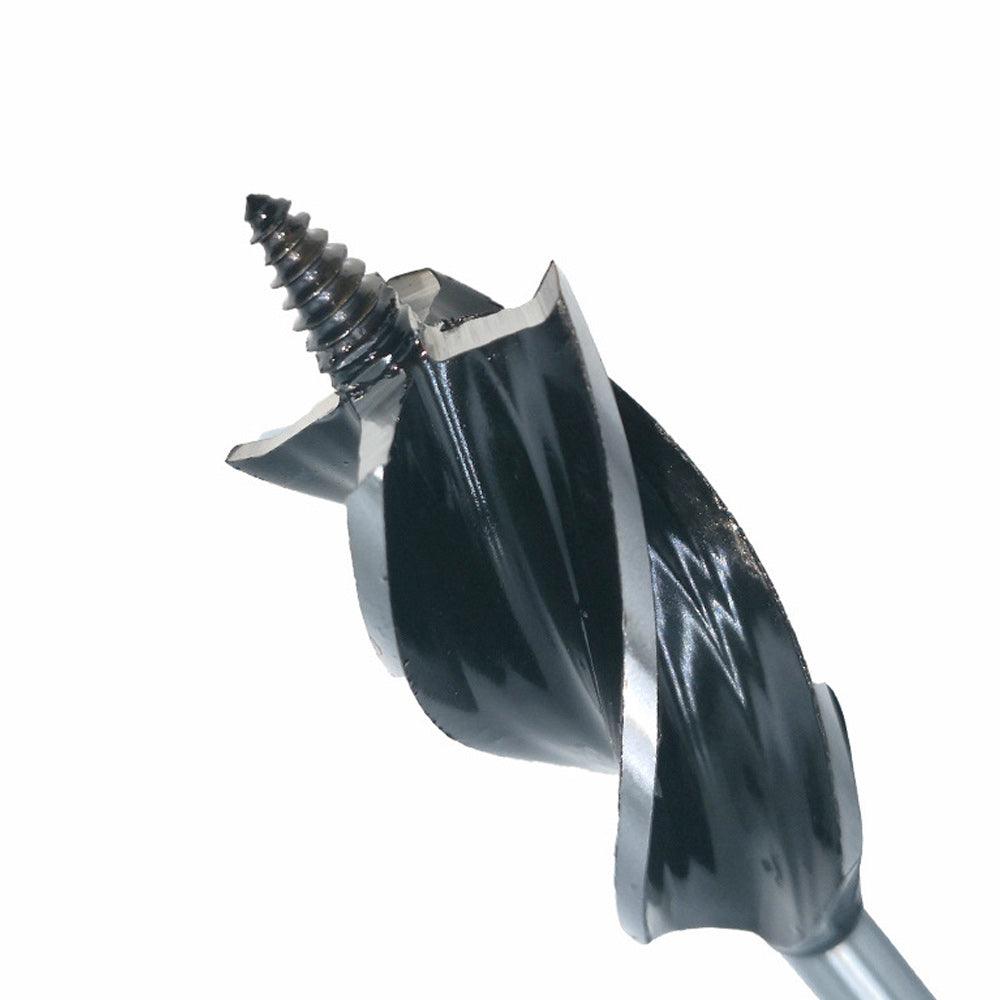Choosing the right size of wood auger bit for your project is crucial to ensure accurate and efficient drilling. The size of the wood auger bit you select will depend on several factors, including the diameter of the hole you need to drill, the type of wood you are working with, and the specific requirements of your project. Here are some steps to help you choose the right size of wood auger bit:
1. Determine the hole diameter: Start by identifying the diameter of the hole you need to drill. Measure the size of the hole required for your project, either based on specific measurements or by referencing the size of a component that needs to fit into the hole.
2. Consider wood type and density: Different wood species have varying densities and hardness levels, which can affect the drilling process. Hardwoods, such as oak or maple, may require larger or more robust auger bits compared to softwoods like pine or cedar. Take into account the type of wood you are working with and its characteristics when selecting the bit size.
3. Account for clearance and allowances: Depending on your project, you may need to consider clearance and allowances when choosing the bit size. For example, if you are drilling holes for dowels or screws, you may want to select a bit that provides a slight clearance to allow for easy insertion. Similarly, if you need a tight fit, choose a bit that closely matches the desired hole size.
4. Refer to standard sizes: Wood auger bits are available in standard sizes, typically ranging from 1/4 inch to 1 inch or more in diameter. It can be helpful to refer to standard sizes as a starting point when selecting your bit. Standard sizes are commonly used and readily available, making them convenient for most woodworking projects.
5. Consider the project requirements: Evaluate your project requirements and specifications to determine if there are any specific guidelines or recommendations for the hole size. Some projects may have specific requirements based on structural considerations, hardware compatibility, or aesthetic preferences. For example, if you are working on a project that requires specific-sized dowels or bolts, choose a bit that matches those sizes.
6. Test and adjust: If possible, it is always a good idea to test the drill bit size on scrap or inconspicuous pieces of wood before drilling into your final project materials. This allows you to ensure the size is appropriate and make any necessary adjustments if the hole needs to be larger or smaller.
7. Seek expert advice: If you are unsure about the appropriate bit size for your project, consider consulting with experienced woodworkers or professionals at a woodworking supply store. They can provide guidance based on their expertise and experience, helping you make an informed decision.
Ultimately, selecting the right size of wood auger drill bit involves a balance between the specific requirements of your project, the characteristics of the wood you are working with, and standard sizing considerations. By considering these factors and seeking advice when needed, you can choose the appropriate wood auger bit size to achieve accurate and efficient drilling results in your woodworking projects.


